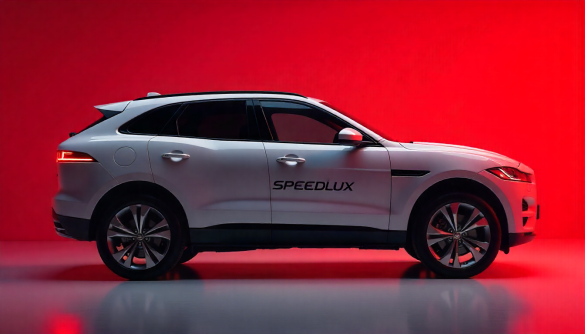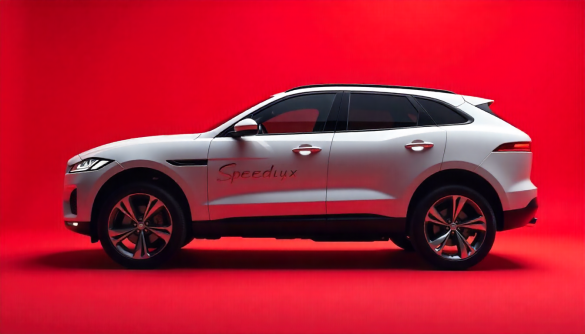It’s all well and good to build sweet-looking Chargers and Challengers, but if you want to sell cars to mainstream Americans, you need a credible entry in the compact car segment. And it looks as if Dodge may finally have one in the 2013 Dart. The all-new Dodge Dart compact sedan is making its world debut at the 2012 Detroit auto show, and it appears as though some folks on the Web just couldn’t wait to see it.
The Dart’s body is curvy and slightly coke-bottle in shape, slightly reminiscent of the Neon in its greenhouse. That’s a good thing. Styling is all-Dodge, and like the Chevy Cruze and Ford Focus, the Dart looks more upscale than all of the Japanese competition, about on par with Hyundai and Kia. It borrows the Charger’s “racetrack” taillamps, so it’ll be easy to spot from behind at night. Similar to the Dodge Dart of the late 1960’s, the 2013 Dart offers a special blend of style, performance and innovation. The Dodge brand leveraged its nearly 100-year history of passion and the global compact car expertise of its partner Fiat, to develop the all-new Dodge Dart. The vehicle will be made in America, at Chrysler Group’s Belvidere Assembly Plant in Illinois.
The 2013 Dodge Dart will demonstrate whether Fiat-Chrysler can deliver fuel-efficient small cars that will be popular–and profitable–in a highly competitive market that already offers many worthy choices. But though expected for over two years, the Dart is not one of the industry’s worst-kept secrets, because it wasn’t a secret in the first place but it’s though a luxury car.
Powering the 2013 Dodge Dart will be three four-cylinder gasoline powerplants including a new Tigershark 2.0-liter unit, a 1.4-liter MultiAir Intercooled Turbo engine that will most likely be shared with the Fiat Abarth 500 in the U.S., and a new Tigershark 2.4-liter MultiAir engine.
The MultiAir technology on the 1.4L Turbo and the 2.4L units that allows for direct and dynamic control of air intake and combustion is said to result up to a 15 percent increase in low engine rpm torque, a 7.5 percent improvement in fuel economy and a 10 percent reduction in C02 emissions.







